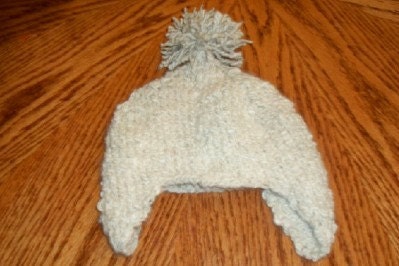I know November isn't typically a time of year we think of new and renewed (usually that's more of a spring phenomenon). But, it seems our family has had a lot of changes that happen this time of year. While not exactly November, our first child was born in October. Of all the changes, becoming a parent was by far the most life altering. December is the month when J and I got married, another big life event (and if you average October and December you get November).
In 2000 we started building our house in November. This time of year makes me remember coming back here to see the foundation and slowly the progress being made on our house. Since J did most of the work on the house, it took until August of 2001 to finish (I did some of the work, like painting, but Emma was little back then, so I spent my time taking care of her).
In 2007 our first alpacas arrived at our farm! It was such an exciting day. In some ways it feels like just yesterday, and in other ways, I marvel at how much has changed since then. We started out with 3 alpacas (2 bred females and a gelding). Now we have a farm of 22 alpacas!
This year, 2011, J is starting a new job in November. It's a big change for him in that he will be going to a different hospital, in a different city (about the same distance he was driving to his former job). It's a huge change for our entire family because for the last 9 years he's worked off shifts (either 3rd shift or 2nd shift). For the most part he picked working off shift (there are benefits such as a shift differential in more per hour pay, and the hospital is less busy at night). But as the kids have gotten older, and J has moved up into management, the idea of working days has had it's appeal. The kids don't remember a time J worked days (Zack was 6 months old, and Emma was 3 years old, when J went back to school and we started down that journey). It's going to be a lot of changes at our house! For one, we've been used to J working every other or every 3rd weekend - now no officially scheduled weekends. In addition, he'll be home every night, and sleep a regular night (I'm less happy about sharing the TV at night but that's only one small sacrifice).
Also this year, as we begin our 5th year as alpaca farmers, we decided to change our Tag Line. A tag line is the theme and goal you have for your farm. Most farms publish it as part of their advertising. When we started looking into alpacas, we were encouraged by many people in the business to come up with a tag line and focus our farm towards something. The big thing right then was to specialize in Grey and Black alpacas. There were also farms that specialized in whites, but it was well known that the white classes were the hardest to compete in. (And right away from the start I was drawn to the variety of colors of alpacas, white never had an appeal to me). I didn't want to focus on only one color. I love ALL the colors, and wanted a farm of many different colors. We had people discourage this line of thinking, saying it's hard to do that. Now after being in the business for a few years, I stand by our original idea to breed for all colors. It is possible, we've been doing it! And really, it's hard not to (since every alpaca has two color genes, what color they are is not what they will pass onto all of their offspring). Our original tag line focused on the fact I wanted alpaca fiber in lots of different natural colors to use in crafts, and J's focus has always been on the superior and diverse genetics. This lead to our original tag line of:
"Combining the best genetics to produce the best alpacas in a variety of colors for crafters." After we had business cards made and our farm signs made with this tag line, we quickly decided there were problems with it. While it is our goal, it was way too long! And I think it was an over reaction to the idea we shouldn't do all the colors. Instead of focusing on "hey we are doing all the colors even though some of you said we shouldn't" we should focus on incredible fiber, since that is our main goal anyway. Over the last four years we have been working on ideas for a new tag line, something shorter that captures our niche. We wanted it to really fit our farm, so we've been slow to develop it, to make sure it's right. We finally figured it out, but more on that in another post.









































